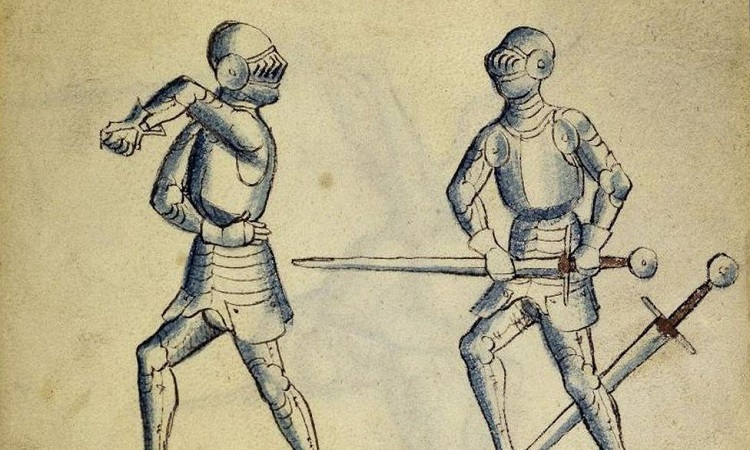Sword fighting or medieval fencing is not characterized by random blows. Indeed, wielding a sword during the Middle Ages meant undergoing training for several years and mastering elaborate techniques. On the other hand, the information relating to these techniques has been forgotten and those present in the medieval manuscripts struggle to be understood by the experts.
Difficult-to-decipher “fencing manuals”
During medieval history, knights and other fighters in armor played a very important role. They were also amply rewarded for their feats of arms. However, the handling of the sword included various complex techniques that the men of the time learned by training for years. The complexity of these sequences was also such that this practice is comparable to a complete martial art.
As explained by BBC Future in a very comprehensive article published on December 20, 2022, these techniques have gradually been lost over the centuries. Unfortunately, today they are at the heart of a mystery that historians struggle to understand and explain. They are indeed described in particular works – the “fechtbücher” (fencing books) – which are described as vague, cryptic and convoluted. In other words, they are very difficult to decipher.
Remember in passing that the real sword fight would be very far from what we can observe in the movies or the theater. In addition, important knights followed the teachings of combat masters, sometimes very famous people. Let us quote for example the Italian Fiore Furlan dei Liberi, author of a complete learning manual in four codices: the Fior di Battaglia (1404).
Poetry, metaphors, lack of detail
This type of manual is generally composed of descriptions of various and varied techniques as well as handwritten illustrations. On the other hand, as explained previously, if these books seem very extensive, historians experience all the difficulties in the world to understand them. One of the main problems is the representation of body contortions that seem physically impossible. This fact is probably explained by the absence of 3D drawings, which makes the authors’ way of apprehending depth quite confusing. Additionally, they sometimes added supernumerary arms and legs to fighters.
As for the descriptions, they are in the form of poetry, with words chosen simply to make the rhymes work. Curious metaphors or terms that might only be understood by combat masters and their disciples are also present. However, even in the case of somewhat clearer descriptions, the lack of detail largely explains the incomprehension of the experts.
In an attempt to decipher the documents and reproduce the techniques, historians seek the help of specialists, in particular European historical martial arts (HEMA). However, difficulties remain. What techniques were actually used? Mystery. Other gray areas concern the presence of women and clerics in some textbooks. One of the works concerned by this last point is the Royal Armories Ms. I.33 (or Tower manuscript) which is the oldest known combat manual, whose texts are dated between 1270 and 1320.




